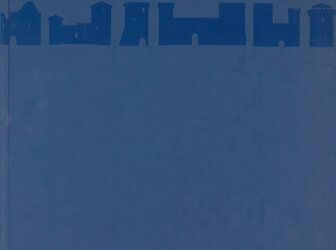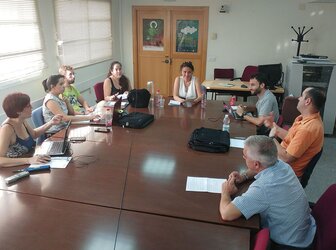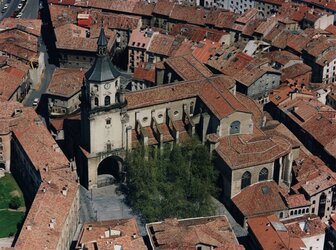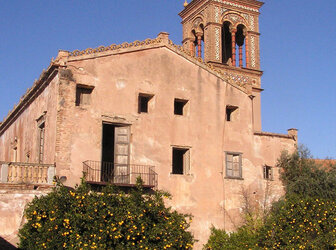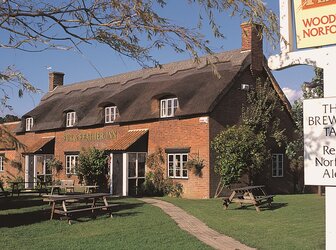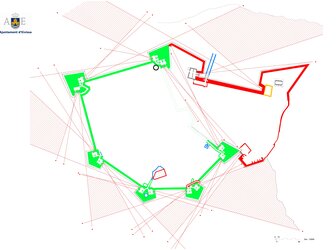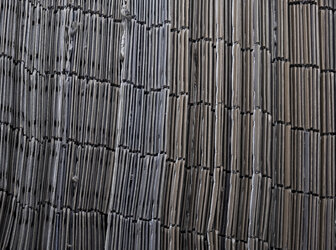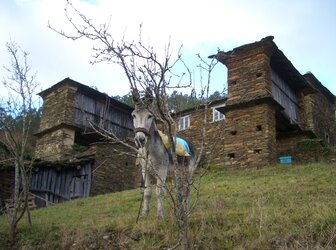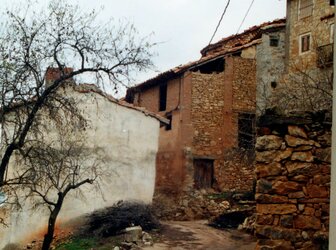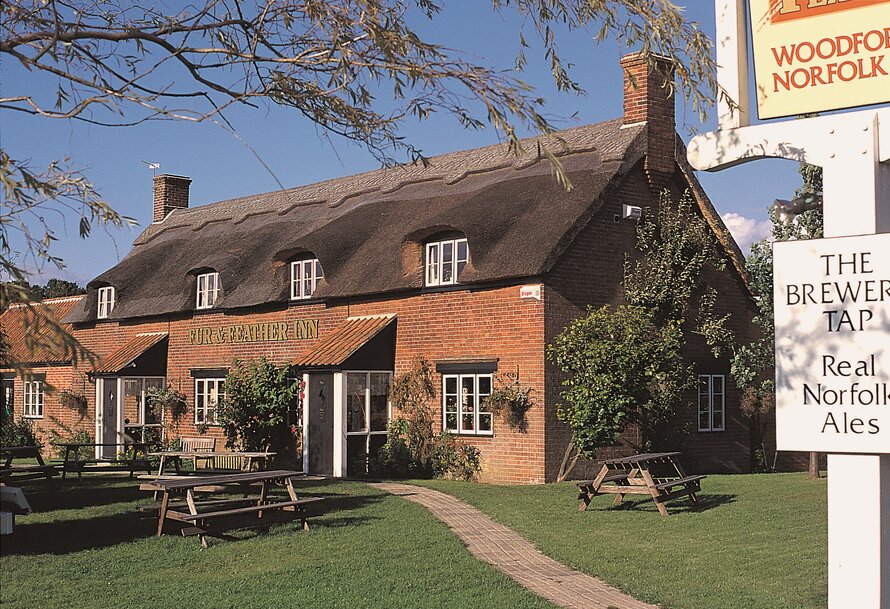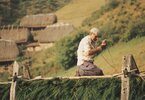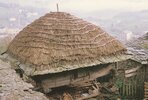Thatching in West Europe, from Asturias to Iceland
Studies on West European thatching are typically locally focused, lacking a broad perspective; those in the north miss the southern link; the few made in Spain are unaware of the continued northern practice. Our aim was to fill that lack with a comparative field work of wide ...
Read more
Project details
| Title: | Thatching in West Europe, from Asturias to Iceland |
|---|---|
| Entr. year: | 2011 |
| Result: | Award |
| Country: | Spain |
| Category type: | scientific publication |
| Building type/ Project type: | architectural heritage |
| The Jury's citation: | "This excellent book about thatching in Western Europe covers a subject which has so far received little attention on a larger scale. Thatched roofs and the techniques employed in making them are very vulnerable to the elements and tend to change over time, which makes the recording of them especially important. The jury were particularly impressed with the wide area covered in the study and the detailed discussion of techniques, materials and the social context of thatching" |
Description:
Studies on West European thatching are typically locally focused, lacking a broad perspective; those in the north miss the southern link; the few made in Spain are unaware of the continued northern practice. Our aim was to fill that lack with a comparative field work of wide scope, tracing the tradition across West Europe and searching for signals of an ancestral architectural identity. A comparative methodology was applied to gain an insight into the reasons for thatching, learning about styles and materials employed in the different areas, tracing underlying cultural links, and finding out the political implications, if any, that surface in keeping or not this building technique. A first phase set research in NW Spain, progressively expanding to Portugal, then to Britain and Ireland (following the old Atlantic connection). The second phase encompasses the continental NW: Germany, Holland, Denmark, and the Nordic countries (Norway, Sweden, Iceland, the Faeroe Islands). The final phase ends in a round of the French regions, including the Italian Piedmont where thatching still survives. The resulting book integrates a trans-national scholar study and offers a new approach for decisions to be made about relevance of thatching with present day demands for sustainable practices in architecture.
Similar projects
